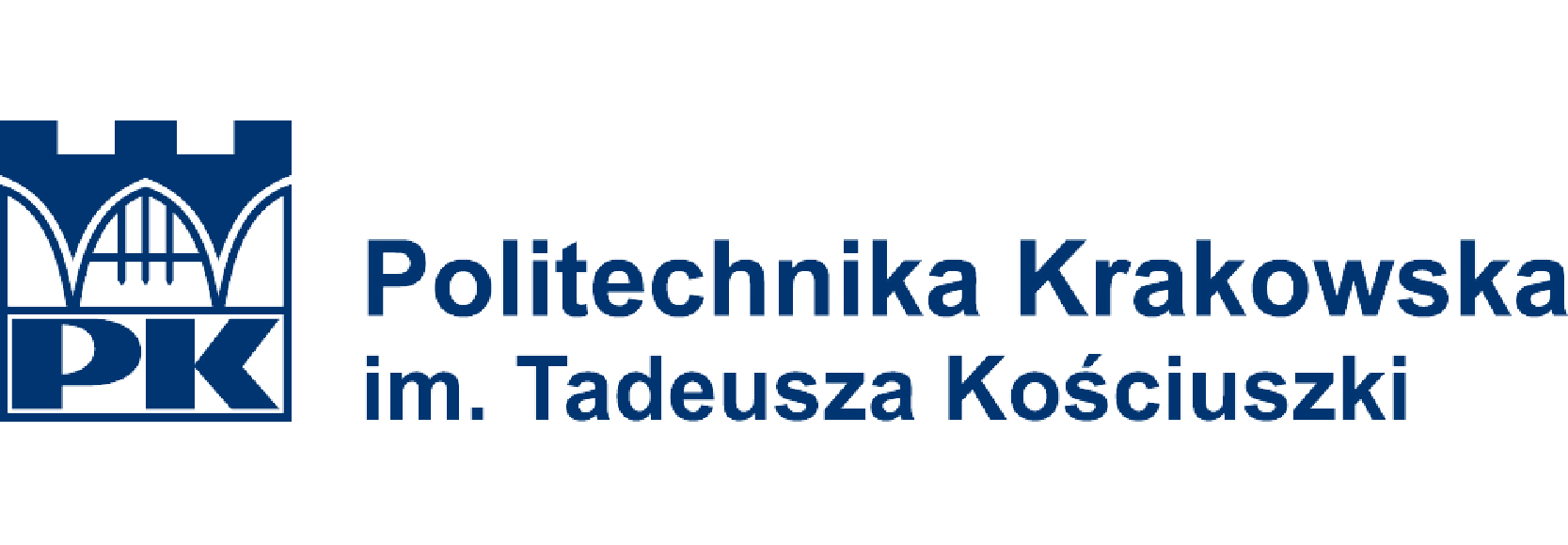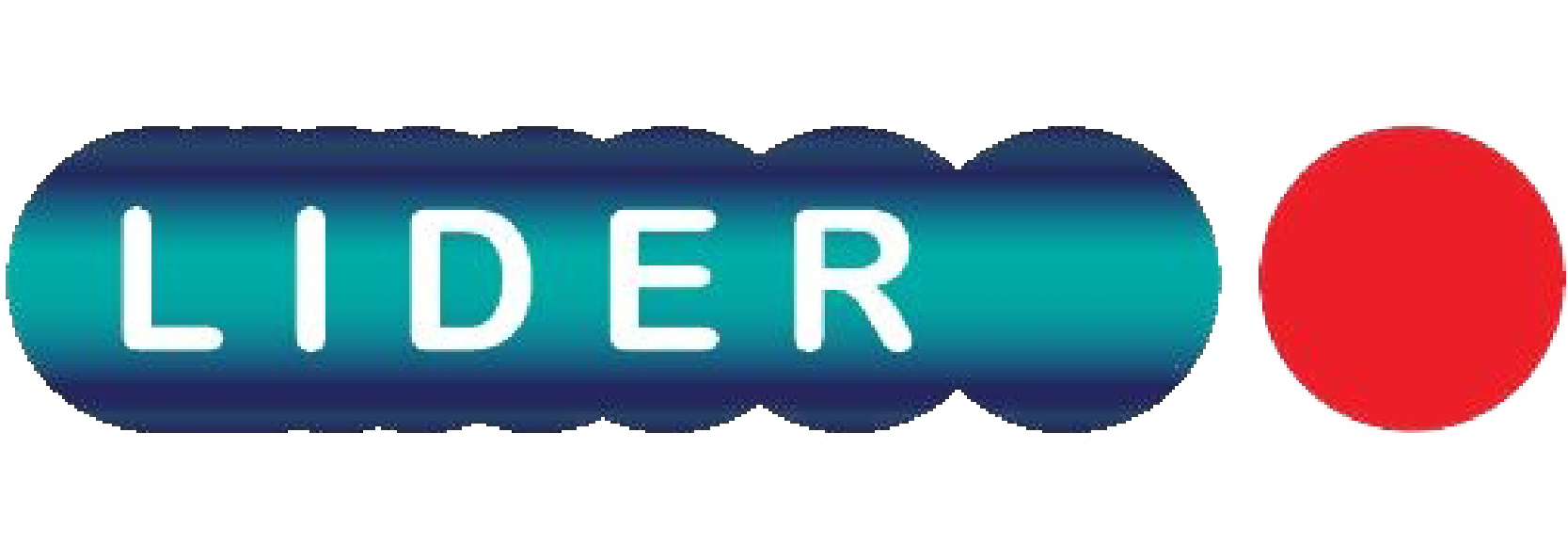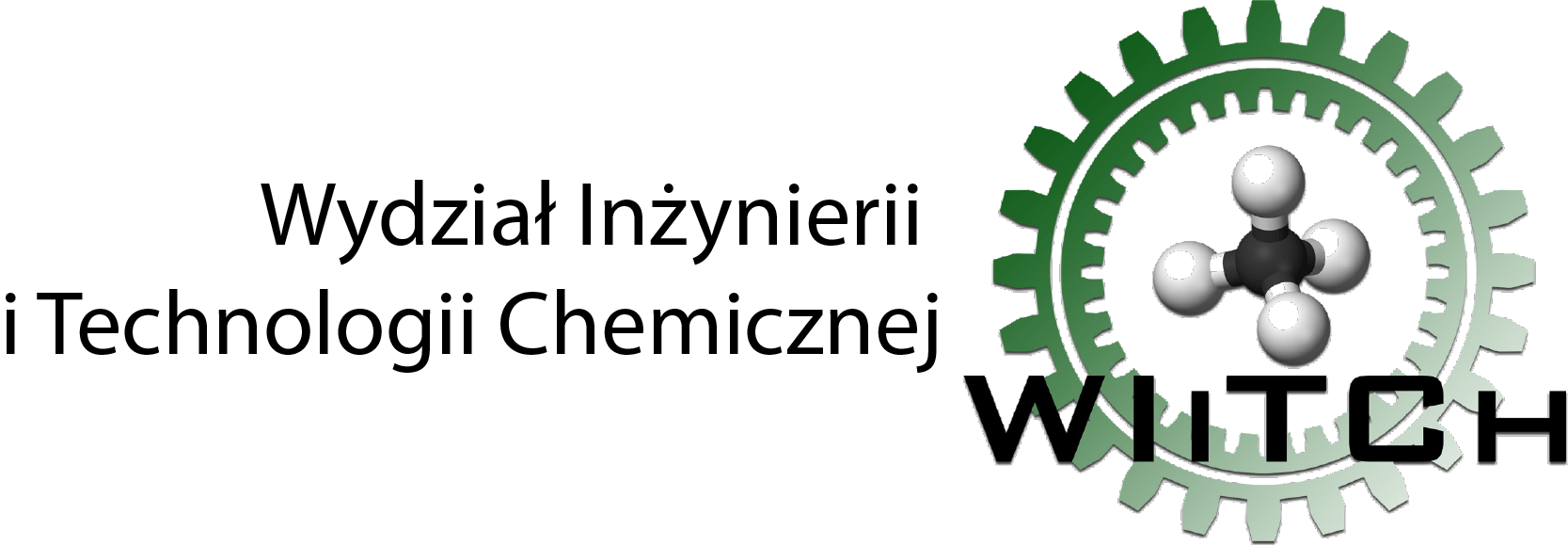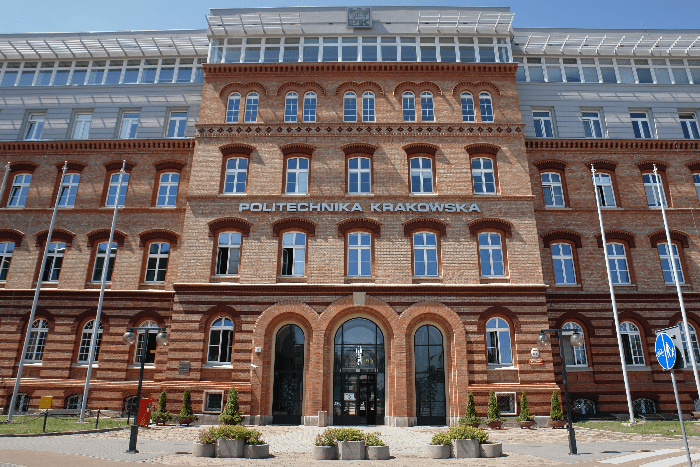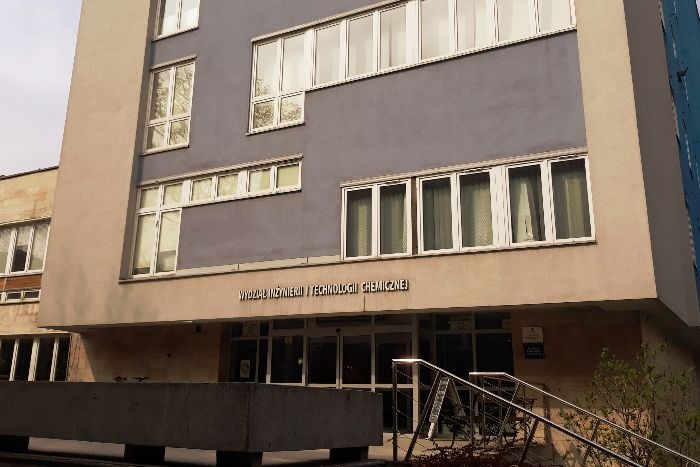LIDER/41/0146/L-9/17/NCBR/2018
Development of the method for the preparation of bio-hybrid hydrogel materials incorporated with the nanocarrier-drug system as multicompartmental dressings enabling the treatment of Psoriasis
Cracow University of Technology, Faculty of Chemical Engineering and Technology, Institute of Organic Chemistry and Technology.
2019 – 2021
University
University of Technology in Cracow
Tadeusz Kosciuszko Cracow University of Technology is a technical university with a 70-year-old tradition. So far, the university has completed about 78,000 of graduates and currently it educates 14,5 thousand students in full- and part-time courses, both first and second degree, as well as doctoral studies and postgraduate. Cracow University of Technology offers 31 first and second degree programs in Polish on 7 faculties and 7 programs of study in English on 5 faculties. Such a large variety of educational courses is equal with the diversity of wide intellectual explorations and solving challenging tasks under the guidance of qualified scientific staff. Many, from nearly 1,200 researchers and teachers, are outstanding specialists, who participate in intercollegiate projects and international research teams. Knowledge and competences of the CUT employees allow the university to maintain an appropriate position both in Poland and in the international scientific environment. Under the bilateral agreements and the “Erasmus” program, the Cracow University of Technology conducts scientific cooperation and student exchange with several hundred universities in 47 countries around the world.
Source: www.pk.edu.pl
Department
The Faculty of Chemical Engineering and Technology
The Faculty of Chemical Engineering and Technology educates students in three fields: chemical technology, chemical and process engineering, and biotechnology. Graduates are prepared to work in the broadly defined chemical industry both as technological engineers and scientific researchers. During the studies, students learn the basics of organic and inorganic technology, biotechnology and chemical engineering. They also learn about environmentally friendly energy- and material-saving waste-free technologies, technological solutions for reducing the nuisance of the industry for the environment, technologies related to the refining industry, technologies of low-tonnage products, pharmacological products, cosmetics, household chemistry, products for plant protection, materials for electronics and construction chemistry. Additionally, students are able to get to know the technologies for the preparation of polymers, methods for testing their properties, as well as processing and recycling of plastics. Students of the Faculty of Chemical Engineering and Technology also learn about modern solutions in the field of biopolymers and the synthesis of nanomaterials and catalysts. Moreover, they acquire knowledge in the field of engineering of biotechnological processes, environmental protection and obtaining energy from renewable resources. Furthermore, students have the ability to master modern methods of physical and physicochemical measurements applied in the chemical analysis.
Source: www.chemia.pk.edu.pl
Project financed by:
The LIDER program is primarily aimed at young scientists who represent different fields of science. It was created to strengthen internationally the competitiveness of Polish science. The main objective of the LIDER program is to expand the competences of young scientists in independent planning, management and supervision of their own research teams, during the realization of scientific projects with high implementation potential.
What we study?
Characteristics of the problem
The project addresses problems related to the treatment of Psoriasis, which is classified as a non-infectious, chronic disease with autoimmune background. It is characterized by a papula – exfoliating form and consists of inflammatory and proliferative processes that occur in the skin. There are five basic types of Psoriasis, i.e.: plaque, droplet, inverted, pustular and generalized. Clinically, Psoriasis reveals by red lumps with a husk, psoriasis blades or pimples on the skin, mainly in the area of knees and elbows.
It is important to highlight here that the number of people, both in Poland and worldwide, struggling with this disease is increasing each year and so far, no effective way to treat the Psoriasis has been found. It is estimated that nearly 2-5% of the world’s population, which is approximately 140-210 million patients, suffers from Psoriasis.
Currently, the most commonly, various types of ointments are used in the treatment of topical Psoriasis. They include corticosteroids (mainly betamethasone dipropionate), analogs of vitamin D3 (calcipotriol, calcitriol or takalcytol), tar, retinoids (eg tazarotene) or calcineurin inhibitors (tacrolimus, pimecrolimus). However, the necessity of frequent application of the drug, low effectiveness and often – short-term effect are an important drawbacks of this type of treatment.
Literature
M. Sala et al., Journal of Controlled Release, 2016, 239, 182–202;
M. Pradhan et al., Journal of Controlled Release, 2013, 170, 380–395;
M. Dimitrov et al., World Journal of Pharmacy and Pharmaceutical Sciences, 2016, 5, 2036–204;
A. Neneman, Z. Adamski, Forum Medycyny Rodzinnej, 2009, 3, 447–453;
D.Wielowieyska-Szybińska, A. Wojas-Pelc, Postępy Dermatologii i Alergologii, 2012, 29, 123–12;
A.C. Bolkote, M.B. Tadwalkar, International Journal of Emerging Trends in Technology, 2015, 2, 215–220;
F.Z. Zangeneh, F.S. Shooshtary, Psoriasis — types, causes and medication (H. Lima), wyd. InTech, 2013, 3–3.
It covers up to
5%
of the world’s population
which is approximately 140-210 million patients
Contact
Phone
(12) 628 27 98
Person
PhD Eng. Katarzyna Bialik-Wąs
Location
Warszawska 24, 31-155 Kraków

